When I moved to The Jubilee House the field next door was called The Horsefield. Not for any complicated reason. It was a grazing area for horses where a lot of urban horses were pastured up until the 1930s.
A century ago, Halifax was still very much a horse-powered city. Although cars were becoming more common, horses remained essential for transportation, delivery, agriculture, and public services like fire departments.
Halifax in the 1920s had a population of roughly 60,000 people. (Oddly, not much different from today but with zero buildings over 7 stories tall.)
Urban areas typically had about 1 horse per 10 people in this era for transport, deliveries, and public services.
That means about 6,000 horses lived on the peninsula... about the same as the number of rental scooters that are strewn around our streets on a typical Sunday morning today. (kidding)
Add to that the heavy military presence on the town and the numbers could have often passed 10,000
To begin to imagine the infrastructure and implications of 10,000 horses in Halifax and maybe 15,000 to 25,000 horses in the County, here's a picture of the Harness, Buggie, and Sliegh Department at an Eaton's department store.
I wonder how fundamentally Halifax will change from its current configuration in the next 100 years.
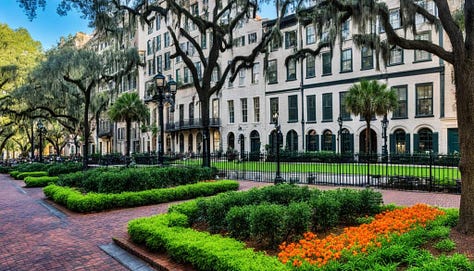
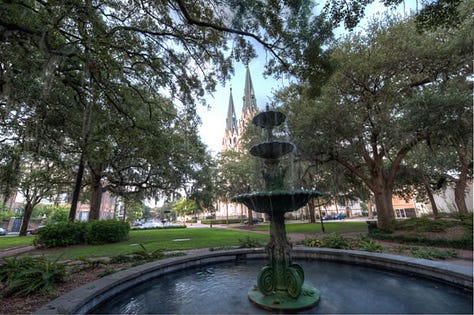
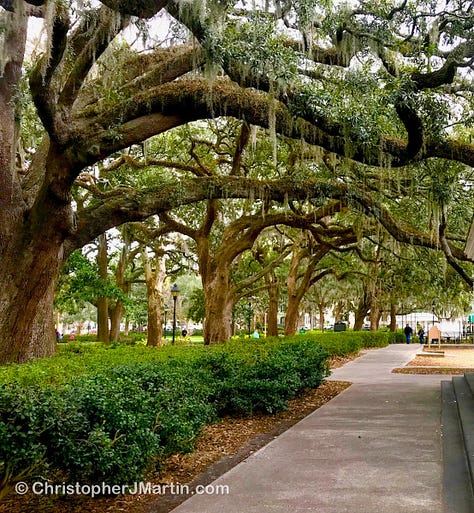


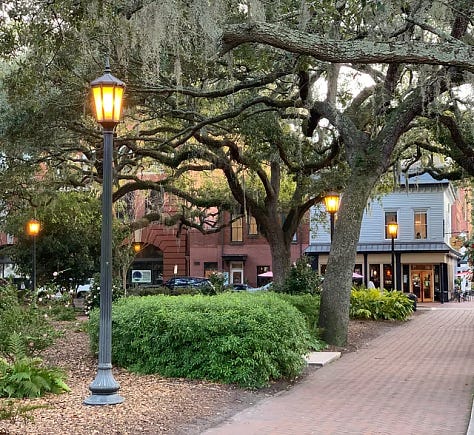
Worst Case:
Halifax becomes a sprawling concrete maze, choked by misguided growth outrunning the available infrastructure and overrun by cars. The city’s charm is buried beneath glass-and-steel towers, while heritage buildings crumble, forgotten in the shadows of their replaceable replacements. With a useful lifespan of only 30 or so years, the city is in a state of constant construction with permanent congestion but no discernable progress. Public spaces dwindle, giving way to parking lots and wide, lifeless streets. Walkability suffers as neighborhoods fracture, divided by highways and soulless blank wall developments. Green spaces are rare, squeezed out by relentless urban and upward sprawl. Without meaningful investment in public transit, people live isolated lives in suburban apartment boxes, enduring long, polluting commutes. The harbor - what’s left of it after infill and development, once a source of pride, becomes an industrial wasteland, while the natural beauty of the region is sacrificed to unchecked but paradoxically planning-mandated and bland development. Halifax, once vibrant and human-scaled, turns cold and alienating, a beleaguered bastion of urban decay.
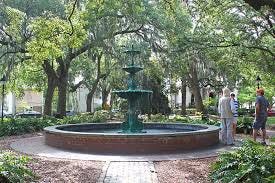
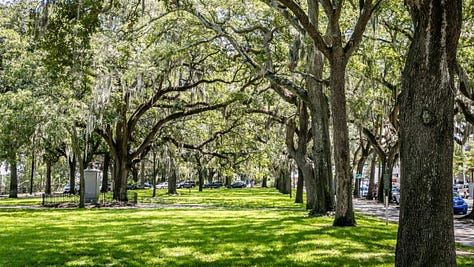
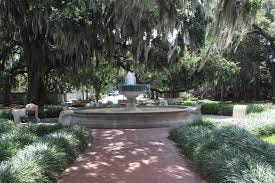
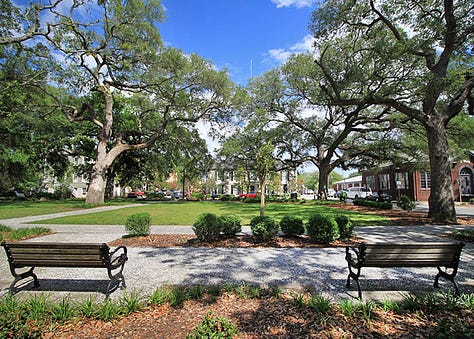
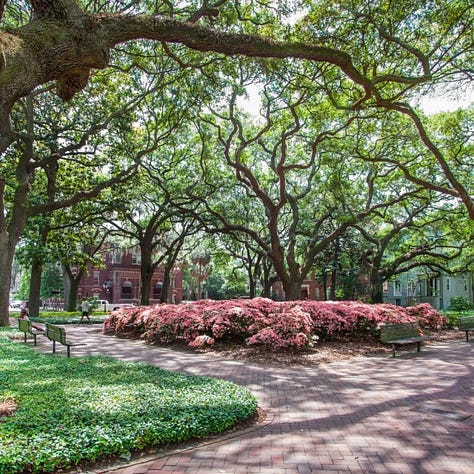
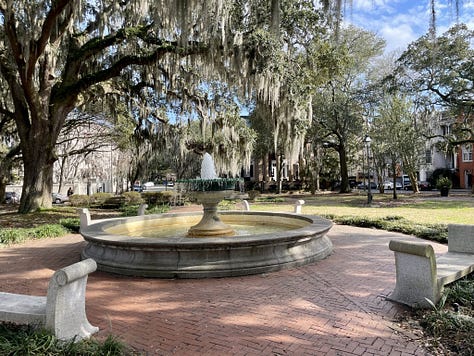
Best Case:
Halifax transforms into a beacon of sustainable urban living, blending modernity with its historic charm. Streets prioritize people, with tree-lined avenues and vibrant, mixed-use neighborhoods. Public transit thrives — a grand central station and hotel complex with daily service to 200 complete communities in the province - each a unique blend of mind, manners, and amenities to suit any budget or lifestyle - connects people to every corner of the city swiftly and efficiently via free tiny electric trams where people sit together, talk, and watch the remarkable parklike beauty of the city go by. There are cars and a wide variety of other types of vehicles and mobility devices, but they are showpieces used for learning, sport, and fun. No one needs them and social walking is the principal passtime of the city. The neighbourhoods of the city mix homes, apartments, shops, offices, services, small factories, and even vertical farms and gardens such that everyone can walk to everything they regularly need and be certain to see friends and neighbours along the way, especially on the gloriously ornamented porches of homes that everyone in the city is so proud of with an almost competitive spirit because they celebrate local trades craftsmanship, design, and beauty. The harborfront is a lively hub, filled with markets, parks, and cultural spaces that celebrate the city’s maritime heritage. Fishing is a favourite harbour pastime. Small boats ply inland canals reclaimed along the harbourfront and access all kinds of gathering and event places making the harbour the connective trade route to hundreds of harbourside villages from Bedford to Eastern Passage. Green squares, urban forests, pocket parks, and gardens weave nature through connections to every district along shady trails, making the city a living, breathing enlarged version of home with cozy rooms filled with life and living. Innovative architecture honors the past while embracing the future,. Local stone is the main building material both structural and ornamented giving the city a complete and cohesive balance of beauty and strength, crafting a skyline both dynamic and in proportion. Halifax becomes a city where beauty is integral to design, fostering a strong sense of community, creativity, and well-being—a model of how cities can thrive in harmony with their people and environment.







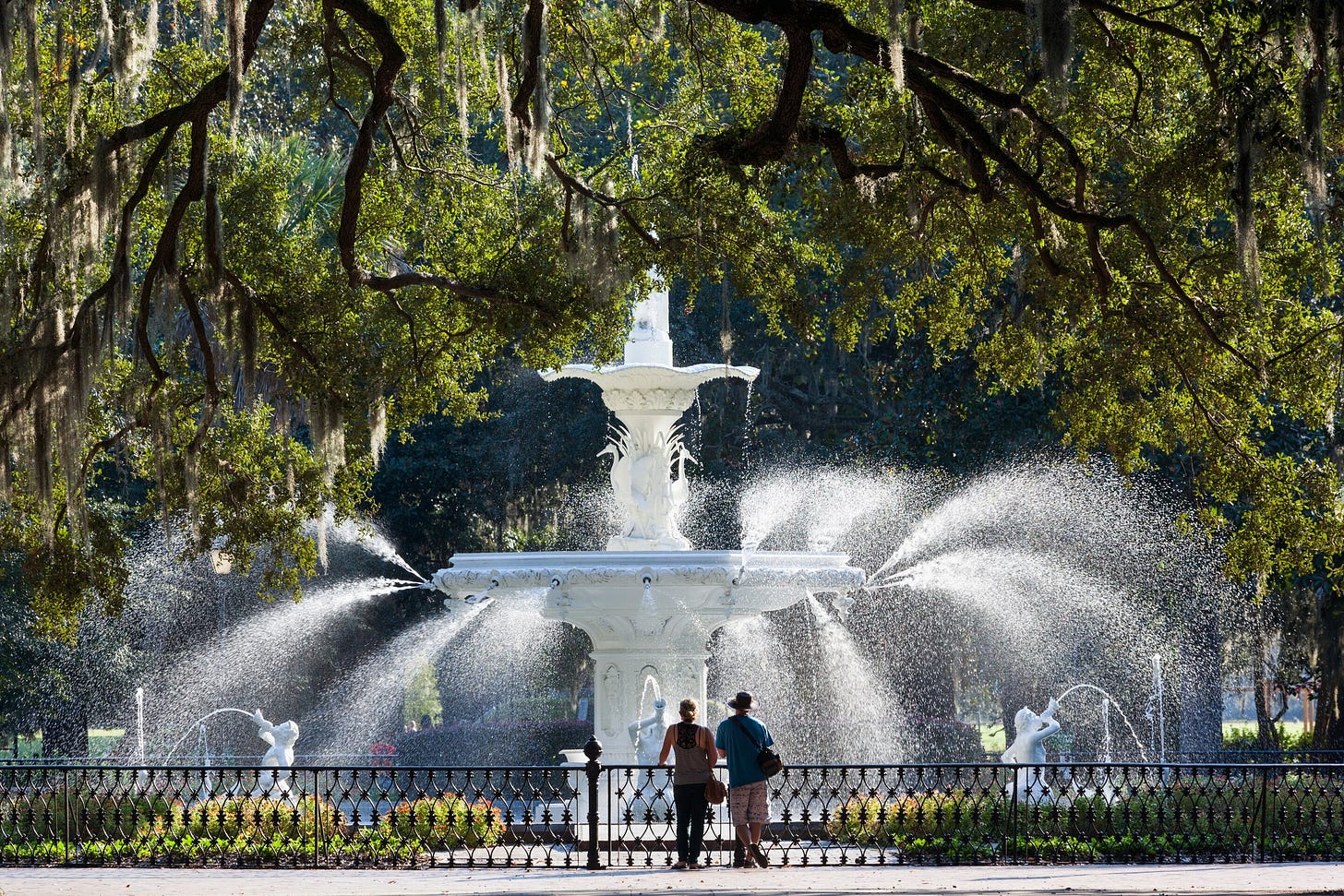
We are well on our way to the worst case scenario. Halifax has lost 87% of the original buildings. What some call progress has led to this destruction of heritage and culture. Halifax is looking more like a gulag everyday. The infilling and waterfront property walls on the Northwest Arm are creating water flow problems, and those that don’t understand physics are blaming it on climate change. The same thing is happening in the Bedford Basin with the infilling the city and province are ignoring. The willfulness to look the other way as long as someone is making money will continue to be Halifax’s downfall.
The best case is what we need to keep fighting for, sadly we are headed towards the worst case.